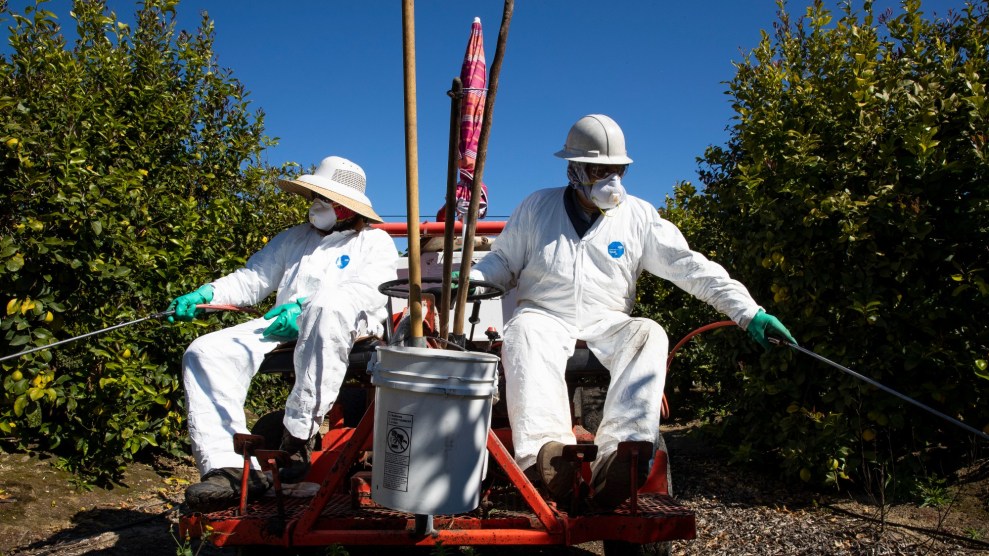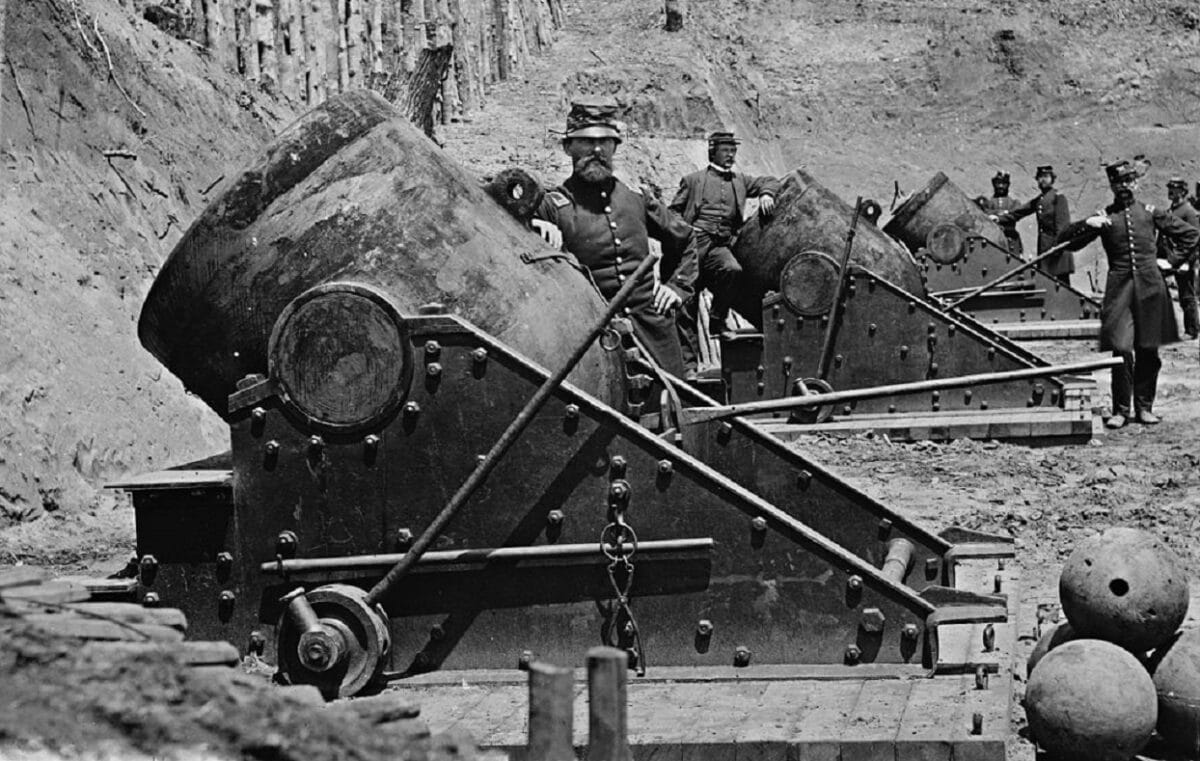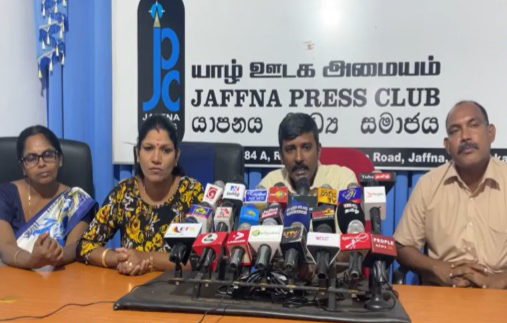An absurd comedy routine became a dearly beloved tool for activists.
BY ROSSI ANASTOPOULO

This article is adapted with permission from Sweet Land of Liberty: A History of America in 11 Pies by Rossi Anastopoulo. Copyright © 2022 by Rossi Anastopoulo. Published by Abrams Press.
Moe Howard of the Three Stooges supposedly had his own secret recipe for the pies he famously threw in people’s faces. “A vat of whipped cream, marshmallow sauce and pumpkin filling,” the executive director of the International Clown Hall of Fame and Research Center claimed in an article for the Washington Post. “That made it very gooey. It really stuck to the target’s face.”
The Stooges weren’t the only pie-throwing experts with a favored recipe.
Decades later, the San Francisco-based Biotic Baking Brigade (BBB)—who described themselves as “flan-archists”—started throwing pies at people, becoming one of the most prominent and prolific pastry protest groups of the late 20th century and early aughts. The group cautioned against using cherry pies because the effect could look like blood, which might cause unnecessary alarm. (Such a result could sometimes be desired, though; it was specifically recommended as a “great choice for a homophobic preacher or neo-Nazi Klansman.”)
Instead, “using some variation of a cream pie is your best bet,” they recommended in their 2004 cookbook Pie Any Means Necessary. “Leaving the pie-ee with a face full of light-colored goop not only accomplishes your goal more effectively, it also communicates what’s going on better. This can also help avoid situations where you get your ass kicked.”
Ah, pie-ing people. You just don’t see it as much as you used to. For a while there, practically anyone who was anyone in power got pied in protest at one point or another. Famous pie-ees include Bill Gates, Sylvester Stallone (reportedly a good sport about it), San Francisco mayor Willie Brown (reportedly not), Andy Warhol (simply because he had met the Shah of Iran) and Phyllis Schlafly.
The BBB was a big part of this political pieing movement, which began in 1970 and grew to involve activists around the world, until it petered out around 2011. The group pied people whose greed and corruption ran unchecked (so-called “titans of power”), a cohort that included politicians, executives, government officials, and assorted capitalists. The philosophy was simple: use pieing as a way to hold people that the BBB saws as destructive accountable—and raise awareness of their misdeeds. Members emphasized homemade pies whenever possible, and preferred them to be vegan and organic, in alignment with broader counterculture protest ideals of the ’80s and ’90s. Their tofu cream pie recipe, specifically meant for throwing, is made with ingredients including sucanat, almond butter, and maple syrup. It pointedly rejects whipped cream, which members described as “that late-twentieth-century, nutritionally void, environmentally wasteful decorative product.”
The modern-day pie protest movement was launched (literally and figuratively) by “counterculture guru and drug culture mastermind” Thomas King Forçade. Most prominently known as the founder of High Times magazine, a drug-culture magazine read by four million people at its height, Forçade was also involved with the Youth International Party of the late 1960s, whose members were known as “Yippies.” One of Forçade’s most publicized stunts came in May 1970, when he spoke before the President’s Commission on Obscenity and Pornography on behalf of the Underground Press Syndicate, a network of countercultural media outlets that he ran. Taking the stand, Forçade denounced the commission, then proceeded to launch a custard pie (some accounts have described it as a “cottage cheese pie”) into the face of Otto N. Larsen, a professor at the University of Washington who was part of the commission. He capped things off by shouting, “Pie power!”
Forçade’s actions inspired others to raise their pie plates in protest. One such activist was Pat Small, a man referred to in a 1972 Miami Herald article as “the world’s most celebrated pie-thrower.” Small was a member of Forçade’s Underground Press Syndicate and the leader of the Zippie faction of the Youth International Party, a breakaway group in Miami. His most prominent hit was throwing a pie at Miami Beach councilman Harold Rosen (the weapon itself was alternately identified as a pumpkin tart and a cream pie) in protest of a decision to deny protestors a campsite during the Democratic National Convention in 1972—an action that was later described by the press as “the splat heard ’round the world.” Small was subsequently sentenced to ninety days in jail for creating a disturbance, and as a result of his sentencing, a group of local Zippies organized a “pie-in” at Miami Beach municipal court that featured an assortment of peach, cherry, and banana pies to communicate their outrage.
It wasn’t just Small who took up the pie plate from Forçade—radical activists around the U.S. seized on pieing as their newest form of protest, inspired by the ridiculous, humorous stunts by other Yippie leaders like Abbie Hoffman as well as other modes of guerrilla theater. Rex Weiner, a buddy of Thomas Forçade’s who was also involved with High Times, decided to put his own spin on the pie-in-the-face genre and started a service through which people could pay for pie hits on the victim of their choice. When it came to flavors, his agents offered several choices including chocolate cream and lemon meringue.
From Weiner’s business, which he called Agents of Pie-Kill, came one of the most prominent pie-tossers in history: Aron “Pieman” Kay. He was deliberate about his pie selection, often tailoring the pie itself to the target or occasion. The first pie he ever threw was a cherry pie (as he later said, “Get it? It was my pie virginity.”) When he hit New York mayor Abraham Beame, it was with “an apple crumb pie because he was a crummy politician in the Big Apple,” said Kay. As for former CIA director William Colby, “he got a Bavarian chocolate and blueberry cream cheese pie because he was the big cheese of the CIA,” Kay recalled. And lastly, there was Edward Teller, the “Father of the A-Bomb.” In 1983, he got a face full of pastry that “was a mushroom and tofu pie—mushroom for all the mushroom clouds.”
There is a science to selecting which type of pie to throw at someone, and the British grocery chain Tesco tested their pies in 1999 for this express purpose after pie-tossing reached a fever pitch in Britain. The grocery chain organized a whole excursion to a school gym outside of London, where employees launched pies at each other to see which varieties were the best for throwing. Criteria for evaluation included how well they flew through the air and the mess they left upon impact. The ultimate goal, according to a Tesco spokesperson, was to “not make an absolute mess, but a nice, polite mess.” Their final recommendations after such extensive scientific research? Egg custard, lemon meringue, and fruit pies.
Of course, the prominence of this movement begs the question: Why pie?
American history professor Alexander Bloom told the New York Times in a 2000 story on the uptick in pieing: “Pies defuse the anger and identify the target as a clown. If someone dumped feces or blood or mock toxic waste on you, that would be a lot more threatening.” This idea echoes a term once used to describe pieing: “carnival humor.”
But there’s a deeper element to the whole joke that pie, by its very nature, gets at. “Pie is goopy, a treat, and meant to be served in moderation,” wrote Ben Paynter in his 2017 deep dive on the history of pieing for Fast Company, “How Pie Became a Powerful Punchline in Political Provocation.” As Paynter pointed out, “When weaponized, it becomes a comedic way to exert power over someone—you just gave them too much of a good thing, in a way they can’t control—making it clear that not everyone takes that person or their agenda so seriously.”
In addition, some pie-tossers cited the activist handbook Rules for Radicals to explain their reasoning behind pie, citing author Saul Alinsky’s assertion that “ridicule is [hu]man’s most potent weapon. It is almost impossible to counter-attack ridicule. It also infuriates the opposition, who then react to your advantage.”
Nothing, it seems, is more ridiculous—and humiliating—than the surprise of a custard-covered face.
Powerful people have been pied for all kinds of political reasons. But there is an underlying message to the action—no matter the intended statement.
One prominent member of the Canadian pie protest group Les Entartistes, who went by the codename Pope-Tart, summed it up nicely in 1999 to a reporter for Montreal’s Gazette: “The pie gives power back to the people because so many feel powerless in the face of big politicians and industrialists.” He added: “The pie delivers a human political message. What we’re trying to say is, ‘You work for us. You can’t be too big for your britches or you’ll get a pie in the face.’”
The BBB also explained that pies provide a certain visual punctuation in their book Pie Any Means Necessary: “If we hold a rally in demonstration-jaded San Francisco, the media usually will not cover it. If we write letters to the editor, they don’t get printed. However, the visual of a pie in the face makes a sizable chink in the media armor through which we can then put forth the reasons why a figure deserved to be pied in the first place. It allows us to communicate our message beyond what traditional means allow.”

Sweet Land of Liberty: A History of America in 11 Pies
By Rossi Anastopoulo. Abrams Press.








